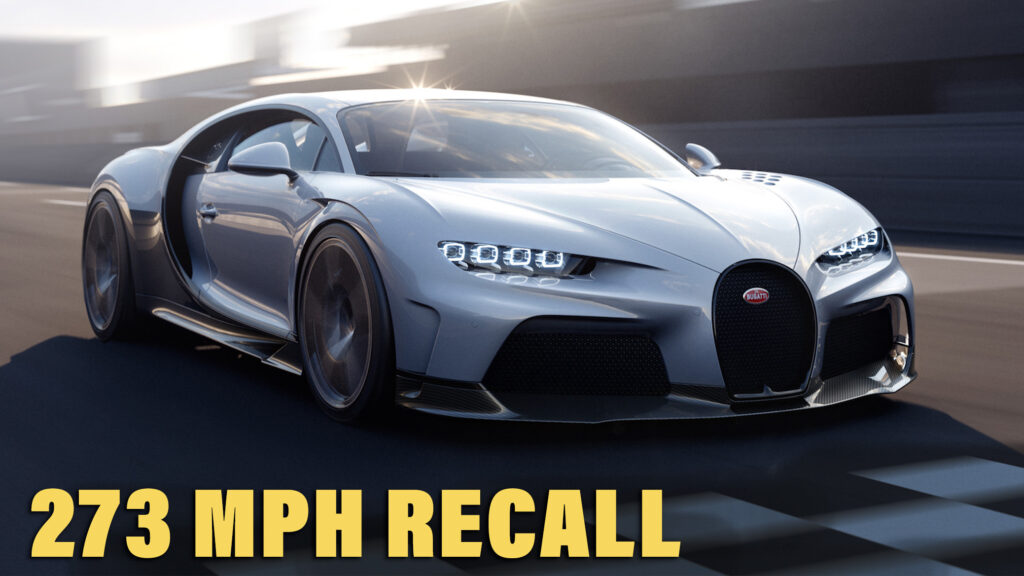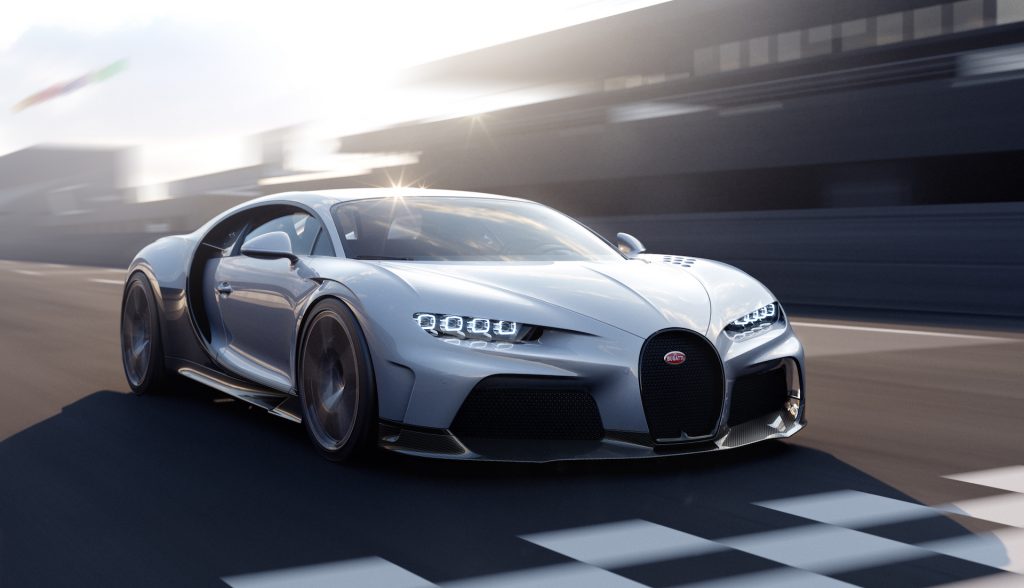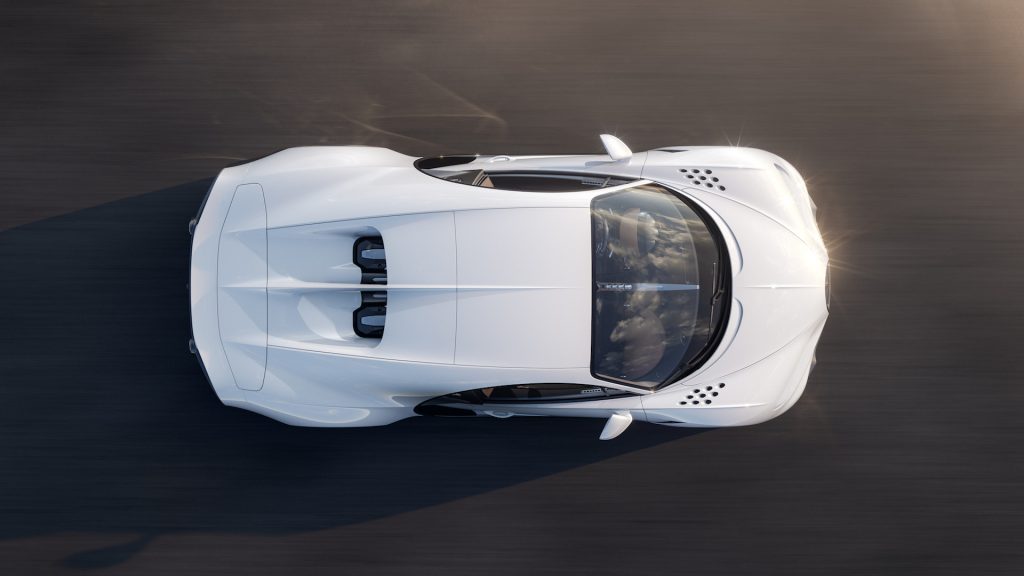“Technical maxims steered the whole development because the demands on the new hyper sports car are very high: at 440 km/h (273 mph), it must be easy to control.” So reads the blurb about the Chiron Super Sport on Bugatti’s website, but one example of that particular model has been recalled over fears it might not live up to the second part of that promise.
The reason is the 1,578 hp (1,600 PS) Super Sport in question was fitted with the wrong wheels at the factory, and Bugatti believes they could make the car unstable, though only in specific circumstances. The Super Sport features more slippery low-drag bodywork than the regular Chiron to boost its top speed, and with the second key inserted to engage Top Speed mode the car adjusts its wing and suspension to further reduce the amount of downforce and help it slip through the air.
“When driving in Top Speed Mode, the incorrect wheels may result in a loss of vehicle control and increase the risk of a crash,” reads a letter outlining the NHTSA’s explanation of a worst-case scenario to Bugatti North America’s after sales business manager.
Related: Bugatti’s New $4 Million Chiron Super Sport Is An SS 300+ With All The Luxury Built Back In
Bugatti only approved two types of wheels for the Super Sport and its even faster Super Sport 300+ brother based on testing, but at some point the BBS Leichtbaurad style of rim approved for the ordinary Chiron made its way onto the Super Sport configurator, and one customer in the U.S. selected that configuration.
The car was then sent to its owner, but Bugatti has decided it would rather the customer roll around on a set of correct Super Sport wheels, which it is supplying free of charge, of course, along with a brand new set of tires, valves and sensors.
We hope he wasn’t too smitten with the ‘wrong’ wheels because we imagine the number of times he engages top speed mode to extend the top speed capability beyond the 236 mph (380 kmh) available in normal mode is getting on for never, although Bugatti did recently invite 18 owners to the Kennedy Space Center to break the 250 mph (402 kmh) barrier.





















